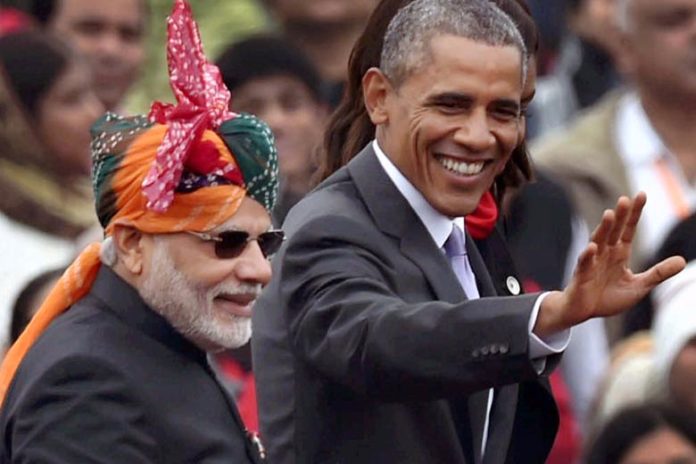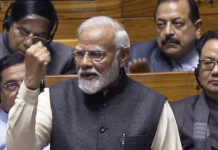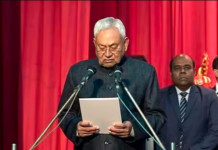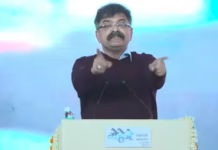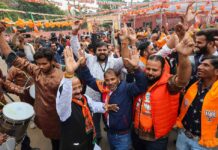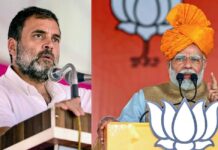Since Narendra Modi came to power, investment in the country by US has evidently seen an increase. It was none other than US President Barack Obama to notify the world with this particular fact which enlightened the Indian economy greatly. The greatness of this news does not end here, as the greatest power US and its investing arenas in India has overcome the next best power, making this an excellent economic development for our nation.
Nisha Desai Biswal the US Assistant Secretary of State mentioned that, “The high-level engagements between our two countries since May of 2014 include six at the leader-level, including the Nuclear Security Summit this week, and we could well see more before the end of the administration” . She also added, “Much of the focus has been on the economic partnership, and while there continue to be challenges, we have seen a dramatic rise in US investment in India, which today outpaces US investment in China.” Not only this news is an accomplishment for the country but it highly showcases the entirety of Modi’s magnetic political stance that he portrays in his meeting with dignitaries on his national tours.
In the context of the prospective that Indo-US business ties seizes, Biswal said, “We have elevated our commercial relationship with India by inaugurating a strategic and commercial dialogue and revitalising the CEO Forum.” South of Asia is quite dependent on US’s trading prowess with it and according to Biswal, “The biggest factor is of course India, and the economic resurgence that is underway there,”
During Indian Prime Ministe Narendra Modi’s US visit in September 2014, an India-US Investment proposal was decided, with a particular focus on facilitating portfolio investment, FDI, capital market development, financing of infrastructure and a US-India Infrastructure Collaboration Platform to position cutting edge US technologies to congregate India’s infrastructure requirements. This information gives way to the idea that America’s focal point for India is much broader than just on economic relations.
Biswal stated that “The US is engaged in unprecedented cooperation with India, the region’s largest maritime power. Nearly 90 per cent of global trade relies on maritime shipping and the Indian Ocean is the super-highway for much of this commerce. In the two decades from 1992 to 2012, the average number of ships in the Bay of Bengal and the Arabian Sea increased by more than 300 per cent. As the economies of Asia continue to rise, so will the need for greater maritime security in the Indo-Pacific region. We have seen in other maritime areas that tensions emerge when countries seek to advance competing territorial claims through unilateral actions. The Bay of Bengal presents a more optimistic example, one where a dominant power worked with its neighbors to amicably resolve claims through international arbitration. India, a regional power that is committed to advancing the rules-based international order, has therefore become a key player and an important partner in advancing maritime security in the Indo-Pacific region. And through the US-India Defense Technology and Trade Initiative, for the first time ever we’re working together with another country on its indigenous aircraft carrier development programme. In the not-too-distant future, we hope to see the day when the US and Indian navies, including our aircraft carriers, are cooperating on the high seas, protecting freedom of navigation for all nations.”


